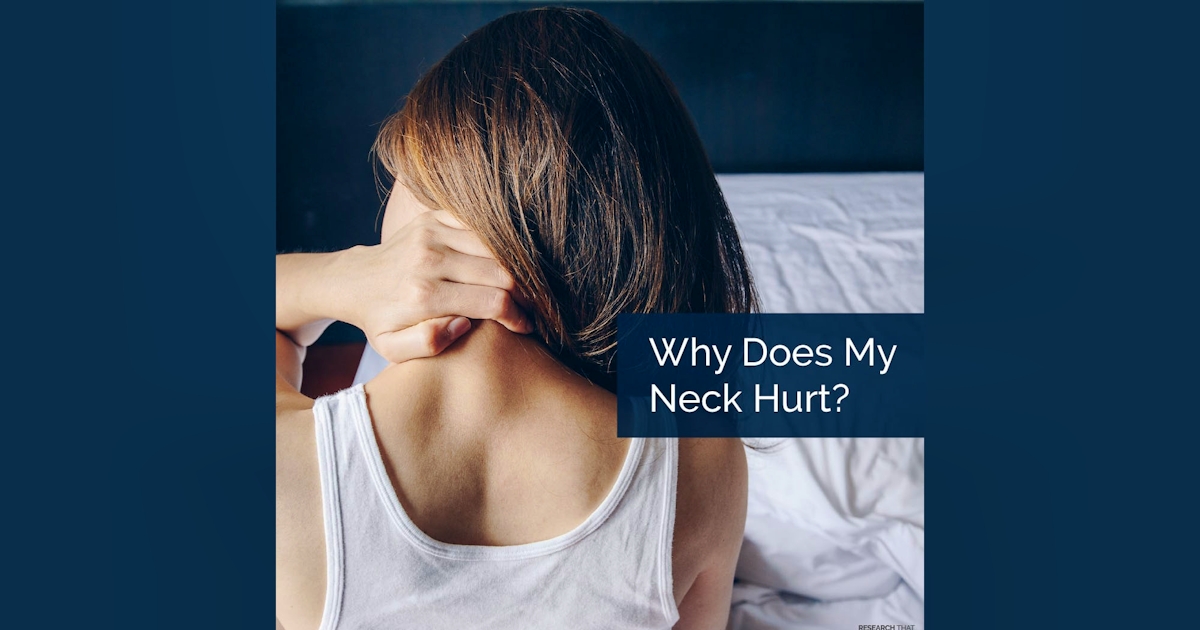
Believe it or not, the average weight of the human head is a full 11 pounds.
That may not seem like a lot, but imagine you had to actually hold that weight in your hands and up above your shoulders all day every day for the rest of your life.
That’s exactly the job your neck has to do.
What’s more, the bones and muscles of your neck need to work together in perfect harmony for you to move your head around and to do it without pain.
This is what really has you Googling “why does my neck hurt.”
It’s no surprise then that you may experience discomfort and maybe even pain as a result of postural changes, injuries, and arthritis in and around your neck.
If you've ever had a stiff neck and couldn't turn your head for a day or two, you know how completely distracting that pain can be.
Those sharp muscle spasms that restrict your ability to move - ouch!
However, what many of us don’t realize is that our body may be trying to protect a joint that isn't moving correctly.
Almost every bone in your neck has a pair of sliding joints towards the back called facet joints.
If an adhesion forms on those joints or they become “stuck,” your body will try to compensate, and that can lead to other challenges like muscle spasms if not addressed quickly.
If you’re living with neck pain and wondering “why does my neck hurt”, here’s what you’ll want to remember…
In short, you can stop wondering “why does my neck hurt.”
A stiff neck is your body's way of saying "pay attention"!
And even if that stiffness comes and goes, it's a smart idea to have us evaluate what’s going on.
Taking care of small challenges before they become big issues is the definition of being proactive with your health.
You can reduce your risk of future episodes of neck pain and stiffness.
Whether neck pain is something you know all too well or something you hope to never know, it’s a smart idea to give us a call.
We’re your neck pain treatment center Oakleigh, our doors are open, and we’re here to help!
The Cervical Spine Before, During and After Manipulation. The Spine Journal. 2018.
Facet Joint Syndrome. Cedars Sinai. 2021.